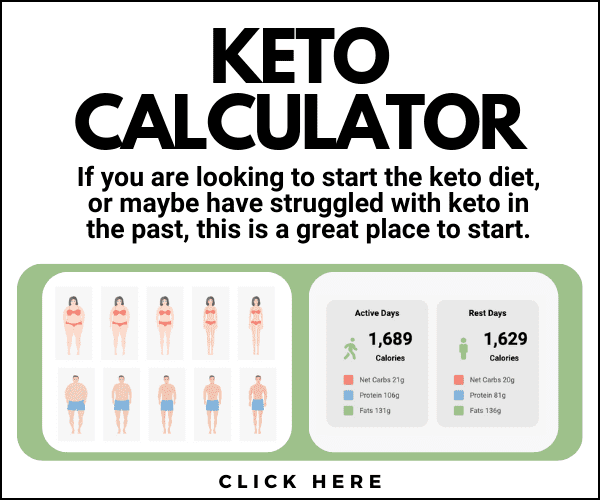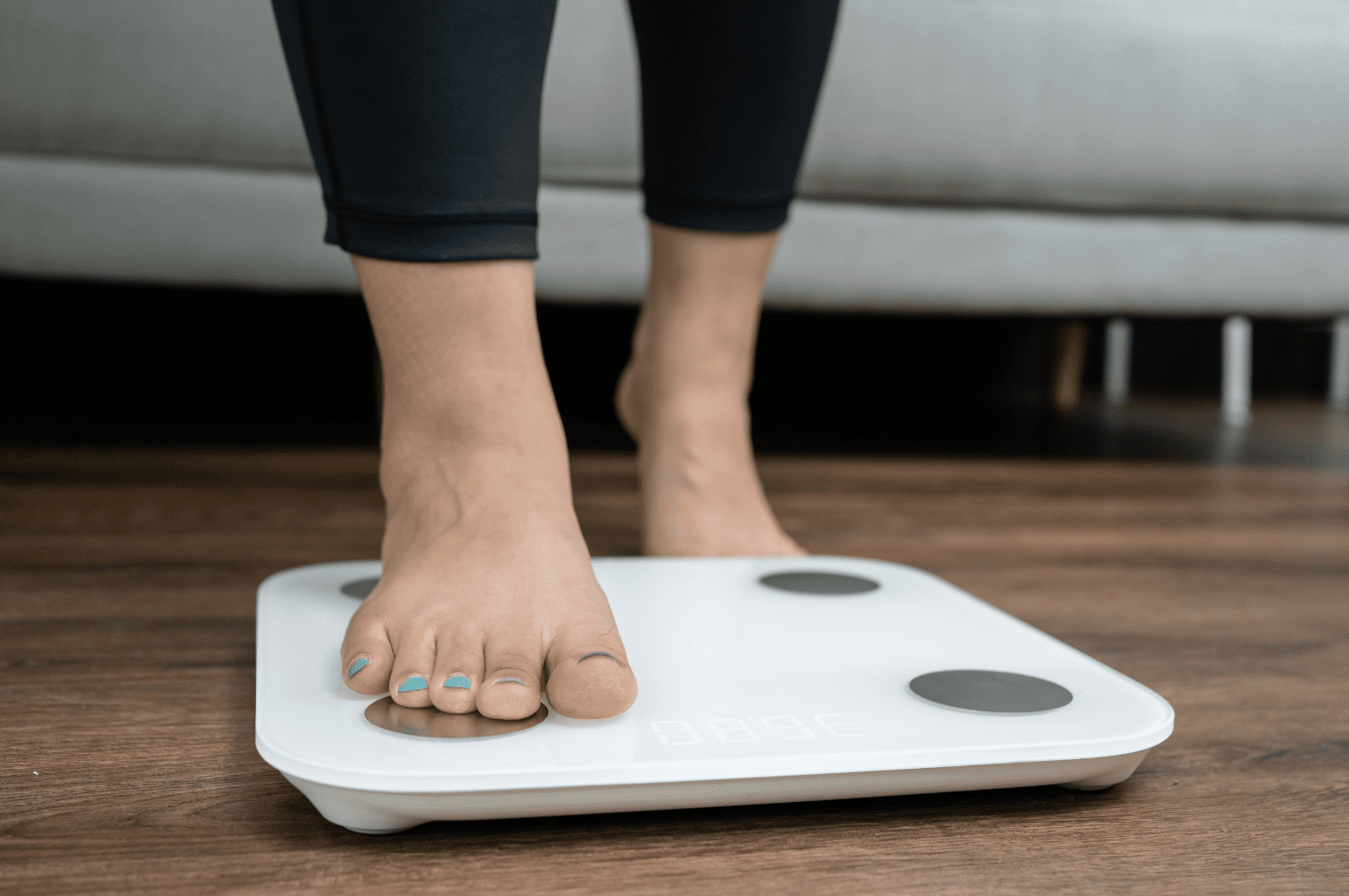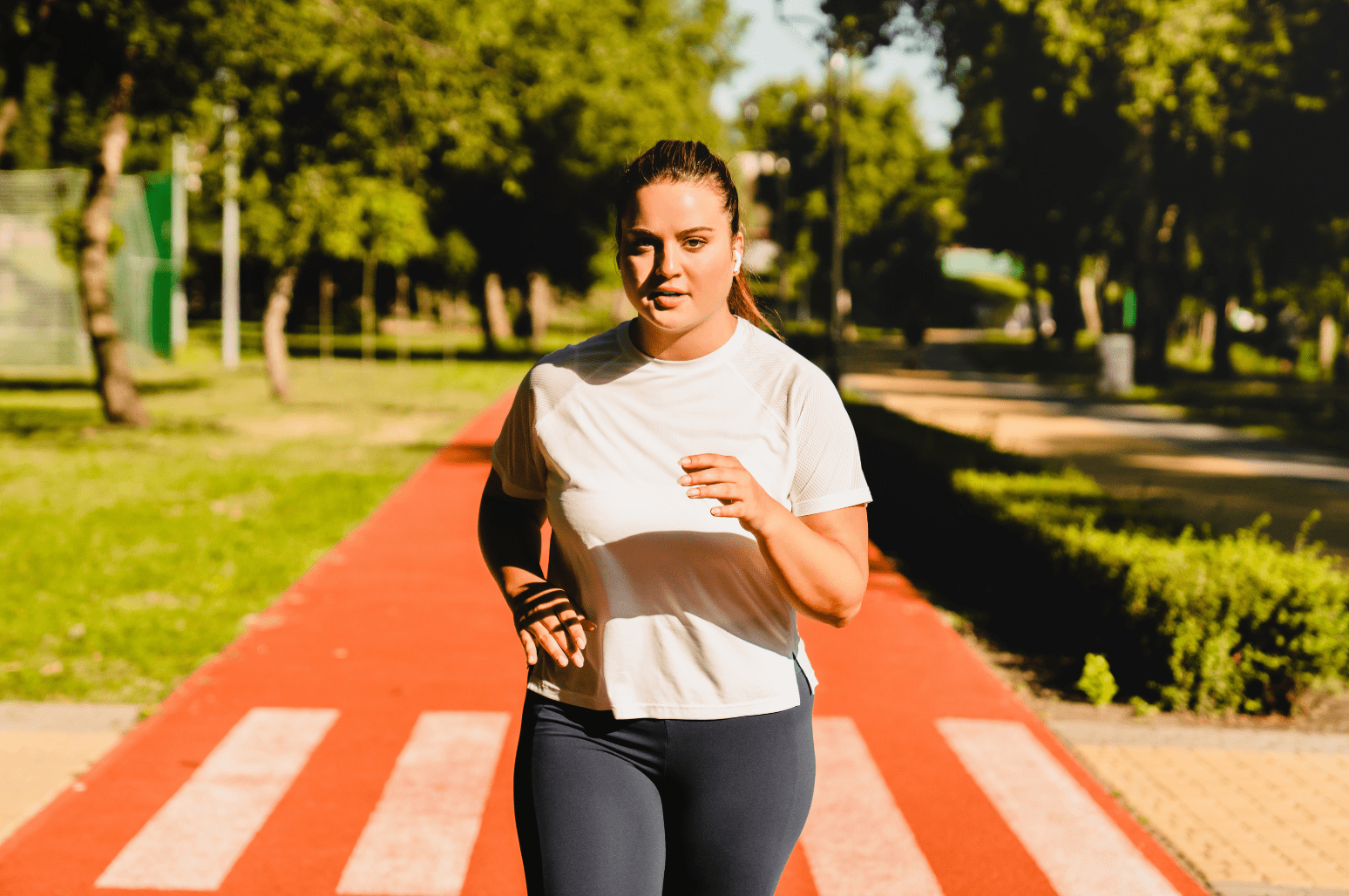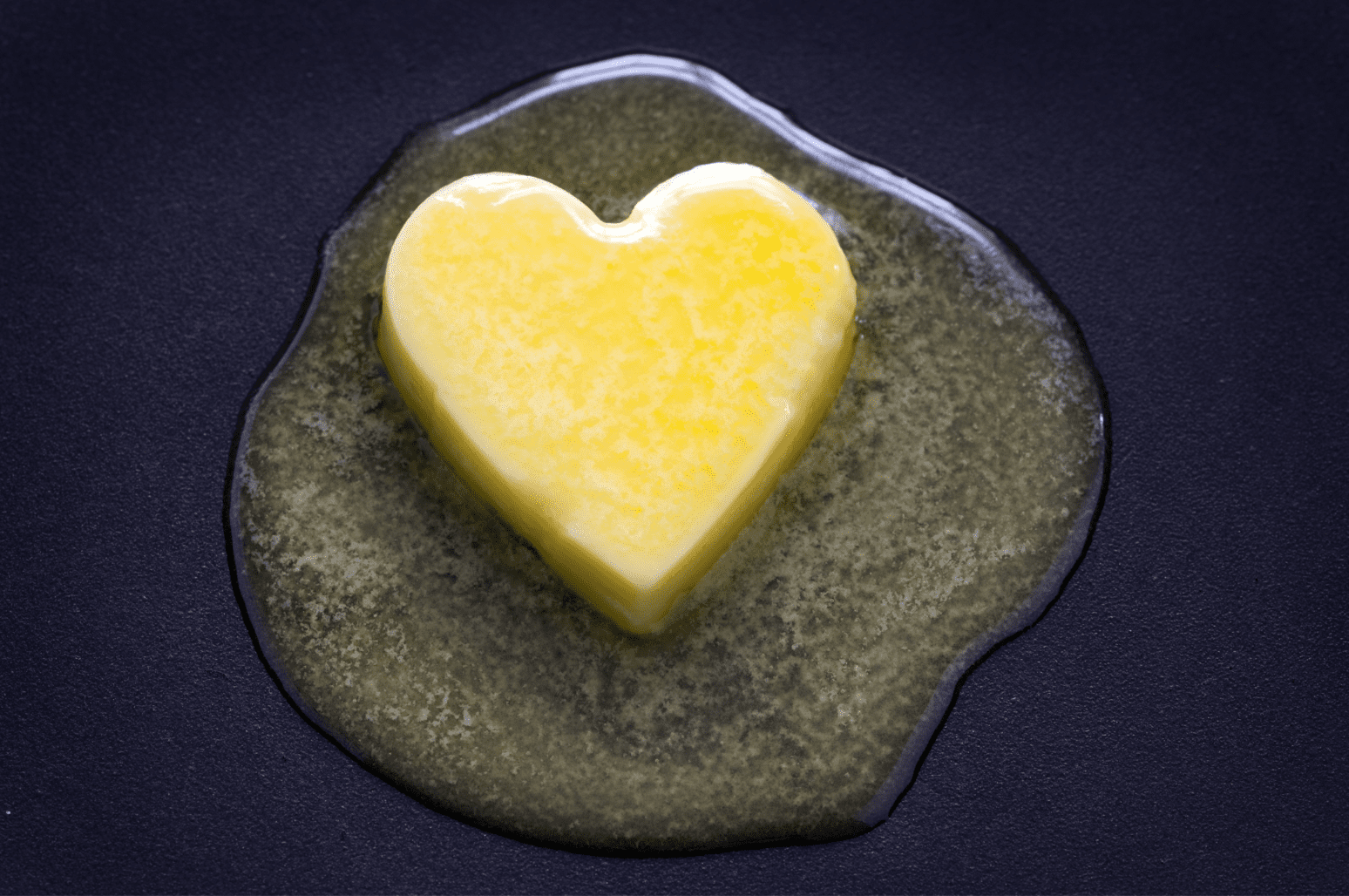Active Rest & Recovery: Optimize Your Training & Health

Key Takeaways:
- Active rest includes specific, less strenuous movements between sets on exercise days.
- Active recovery includes targeted movements and activities on non-exercise days.
- Active rest and recovery should be included in your health routine for benefits regarding fat loss, oxygen delivery, and reducing neurological/CNS stress, among others.
Active Rest versus Active Recovery?
Active rest, also known as cardio acceleration, is implemented between sets during workouts. Active recovery is long intensity steady state (L.I.S.S.) activity implemented on non-exercise. Active recovery is not to be confused with “passive” recovery, which is refraining from direct physical activity.
Active Rest
How many times have you waited on someone using a machine or power-lifting rack to finish his or her set(s)? Maybe you are doing a circuit and just need to work in? Maybe it is a Monday, and everyone is trying to start their week off right? Or maybe that person being waited on is you? Instead of wasting time waiting around, let us talk about a way to maximize your time and spend less time wasting time at the gym.
You have probably heard of supersets (typical alternating exercises that target opposing muscle groups) and/or compound sets (targeting the same muscle groups) in order to intensify your workouts, but active rest is different because it is less strenuous.
Some examples of active rest:
- Dynamic stretching/mobility
- Fast/power walking (possibly to get water)
- Jump rope/jumping jacks
- Jog in place
Why You Should Incorporate Active Rest
 By including intra-workout activities, you can keep your heart rate elevated while allowing the current muscle group(s) you are working to get adequate rest in between sets. This is beneficial for those trying to improve body composition because keeping your heart rate in between 60–80% of you maximal heart rate burns the highest percentage of calories from fat. [1] You can find a generalized calculator online for your heart rate range percentages or from a fitness tracker. While it must be stated that these are not going to be perfectly accurate and there are many more variables that go into fat oxidation percentages, a 20% range is a big enough window for you to get a good idea. At the bare minimum, utilizing this strategy regularly can increase your intra-myocellular mitochondria and overall calories burned during a workout.
By including intra-workout activities, you can keep your heart rate elevated while allowing the current muscle group(s) you are working to get adequate rest in between sets. This is beneficial for those trying to improve body composition because keeping your heart rate in between 60–80% of you maximal heart rate burns the highest percentage of calories from fat. [1] You can find a generalized calculator online for your heart rate range percentages or from a fitness tracker. While it must be stated that these are not going to be perfectly accurate and there are many more variables that go into fat oxidation percentages, a 20% range is a big enough window for you to get a good idea. At the bare minimum, utilizing this strategy regularly can increase your intra-myocellular mitochondria and overall calories burned during a workout.
Another great reason for active rest when focused specifically on high intensity/maximal-effort exercises is the “clearing” of blood lactate. While one study found that swimmers maintained better athletic performance using active versus passive recovery, [2] it must be noted that a certain lactate threshold (60–100%) must be obtained in order for this to be a noticeably effective protocol. [3]
Active Recovery
How many days in a row do you exercise? Maybe you take Sundays off? Maybe it is the whole weekend? Or maybe it is just whenever you feel like it?
Most people have felt sore or simply exhausted the day or two after a hard workout. Sometimes that soreness does not go away until the next time you exercise again. Sometimes we just say, “I will get back to it tomorrow,” which turns into the next day, and then the next day, etc. Like traditional, passive recovery, it does not necessarily involve formal exercise, but it allows you to stay moving and burn more calories. Active recovery consists of low-impact activity, which simply means exercises or movements that can be done for a long period of time without exhaustion.
Some examples of active recovery:
- Walking or hiking
- Jogging
- Yoga
- Leisurely swimming, tennis, sand volleyball, and other sports
- Playing outside with your kids, friends, and pets
NO PAIN NO GAIN! Right?
 Most likely, wrong. While being mentally tough and creating stress stimuli is certainly beneficial and needed to reach your goals and/or break through plateaus, the mindset of #NoDaysOff or trying to run yourself in the ground could potentially do more harm than good.
Most likely, wrong. While being mentally tough and creating stress stimuli is certainly beneficial and needed to reach your goals and/or break through plateaus, the mindset of #NoDaysOff or trying to run yourself in the ground could potentially do more harm than good.
Let us now consider your goals. Most people either want performance or appearance. Regardless of the desired outcome, active recovery can benefit both. Think about whenever you get a cut on your skin—you are damaging tissue. But what happens? It will scab over, repair itself over time, and (if the cut is deep enough) leave a raised scar. The same concept can be applied when talking about muscle building. Our bodies are always wanting to reach a level of homeostasis; when stressors come into play, we have to adapt to get back to that state.
Let us use a bicep curl as an example. If you pick up a 20-pound dumbbell and curl it 10 times, you are stressing your bicep and breaking down that muscle tissue. Your body then says, “I am not comfortable with this… let us first repair the damage that was made and then build more muscle so the next time we curl 20 pounds for four sets of 10 reps, it will be easier and less stressful!” When you exercise, you are making micro-tears in your muscle cells. These micro-tears are what tell your body that they need to adapt and build up more. After doing that a few times, you can increase the weight to ~25 pounds, and the process repeats.
So, back to the cut on your skin… how long did it take to heal? It probably depends on the severity of the cut. What happens if you pick cut before it is fully healed? It most likely reopens and takes longer to heal. The same idea is true for your muscle cells—they need adequate time to heal!
When In Doubt, Bum It Out?
Wrong again! You have probably heard that it takes two days (48 hours) for your muscles to fully recover after a workout. This is typically true depending on the difficulty of your workout. What about your nervous system? It needs recovery too.
You have two divisions of the autonomic nervous system (ANS). They are the sympathetic nervous system (fight or flight) and the parasympathetic nervous system (rest and digest). Whenever you exercise, you are using your sympathetic division, and multiple reactions occur in your body. Let us not get bogged down by all the fine details. Simply put, neurotransmitters and hormones are released to increase heart rate, blood pressure, respiration, mood, and resistance to perceived pain and stress—all amazing things! However, whenever these reactions occur, we are depleting these chemicals that need to be restored. While our bodies are efficient and typically quick to restore them, constant stimulation day after day can cause CNS fatigue.
This is where active recovery days come into play.
Benefits of Active Recovery
 By implementing active recovery days once a week or every other week, you can receive muscular and neurological benefits. First, let us talk about the muscular ones. When you give your muscles a daylong break from strenuous routine exercise while remaining active, you are increasing blood flow, pressure, and respiration. By increasing these in moderate amounts, you are able to increase the delivery of oxygen and nutrients to your recovering muscles without putting the usual strain on them. A study done in 2016 over mountain canoeists and football players looked at the effects of two different methods of active recovery on muscle performance after exercising to fatigue. They found that actively recovering the same muscles that were previously fatigued resulted in the greatest recovery. What was even more interesting is that there was an even more significant difference when comparing both types of active recovery to passive recovery. [4] Simply put, some form of movement for recovery was much better than sitting on the couch bumming around!
By implementing active recovery days once a week or every other week, you can receive muscular and neurological benefits. First, let us talk about the muscular ones. When you give your muscles a daylong break from strenuous routine exercise while remaining active, you are increasing blood flow, pressure, and respiration. By increasing these in moderate amounts, you are able to increase the delivery of oxygen and nutrients to your recovering muscles without putting the usual strain on them. A study done in 2016 over mountain canoeists and football players looked at the effects of two different methods of active recovery on muscle performance after exercising to fatigue. They found that actively recovering the same muscles that were previously fatigued resulted in the greatest recovery. What was even more interesting is that there was an even more significant difference when comparing both types of active recovery to passive recovery. [4] Simply put, some form of movement for recovery was much better than sitting on the couch bumming around!
When it comes to neurological benefits, the focus is more on your mood, stress levels, and overall mental health. You know that good feeling you get during and/or after a great workout? Well, you can receive those same benefits without as much intensive strain as you would incur from a normal workout. By taking a daylong break to actively recover, you can release some of those chemicals without putting the usual intensive stress on the CNS.
References
Carey, D. G. (2009). Quantifying differences in the “fat burning” zone and the aerobic zone: implications for training. The Journal of Strength & Conditioning Research, 23(7), 2090-2095.
Hinzpeter, J., Zamorano, Á., Cuzmar, D., Lopez, M., & Burboa, J. (2014). Effect of active versus passive recovery on performance during intrameet swimming competition. Sports health, 6(2), 119-121.
Menzies, P., Menzies, C., McIntyre, L., Paterson, P., Wilson, J., & Kemi, O. J. (2010). Blood lactate clearance during active recovery after an intense running bout depends on the intensity of the active recovery.Journal of sports sciences, 28(9), 975-982.
Mika, A., Oleksy, Ł., Kielnar, R., Wodka-Natkaniec, E., Twardowska, M., Kamiński, K., & Małek, Z. (2016). Comparison of two different modes of active recovery on muscles performance after fatiguing exercise in mountain canoeist and football players. PloS one, 11(10), e0164216.










